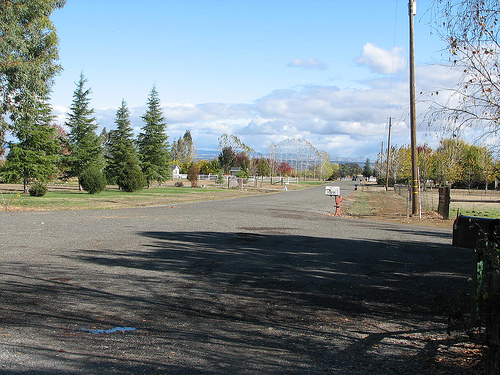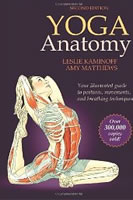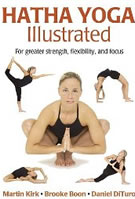1. Breathing methods, from the simple to the more complex.
2. Feeling, moving, transforming, transmuting and connecting energy channels of the body.
3. Precise body alignments to prevent the flow of chi from being blocked or dissipated.
4. Dissolving physical, emotional and spiritual blockages.
5. Moving energy through the acupuncture meridians and other secondary channels of the body, including the energy gates.
6. Bending and stretching the body, both from the inside and from the outside in.
7. Opening and closing (pulsing) all parts of the body's anatomy including the joints, soft tissues, fluids, internal organs,
spine and brain as well as all the body's subtle energy channels.
8. Manipulating the energy of the external aura outside the body.
9. Making circles and spirals of energy inside the body, controlling the spiraling energy currents of the body and moving chi in the body at will.
10. Absorbing energy into and projecting energy away from any part of the body.
11. Controlling all the energies of the spine.
12. Controlling the left and right energy channels of the body.
13. Controlling the central energy channel of the body.
14. Learning to develop the capabilities and all use of the body's lower tantien.
14. Learning to develop the capabilities and uses of the body's upper and middle tantiens.
15. Connecting every part of the physical and other energetic bodies into one, unified energy."
- Bruce Kumar Frantzis, Dragon and Tiger Qigong, 2010, xxviii
The Chi Revolution: Harnessing the Healing Power of Your Life Force
Opening the Energy Gates of Your Body: Chi Gung for Lifelong Health (Tao of Energy Enhancement)
Relaxing into Your Being: The Water Method of Taoist Meditation Series, Vol. 1
The Great Stillness: The Water Method of Taoist Meditation Series, Vol. 2
Dragon Qigong
Valley Spirit Qigong
Ripening Peaches: Taoist Studies and Practices























